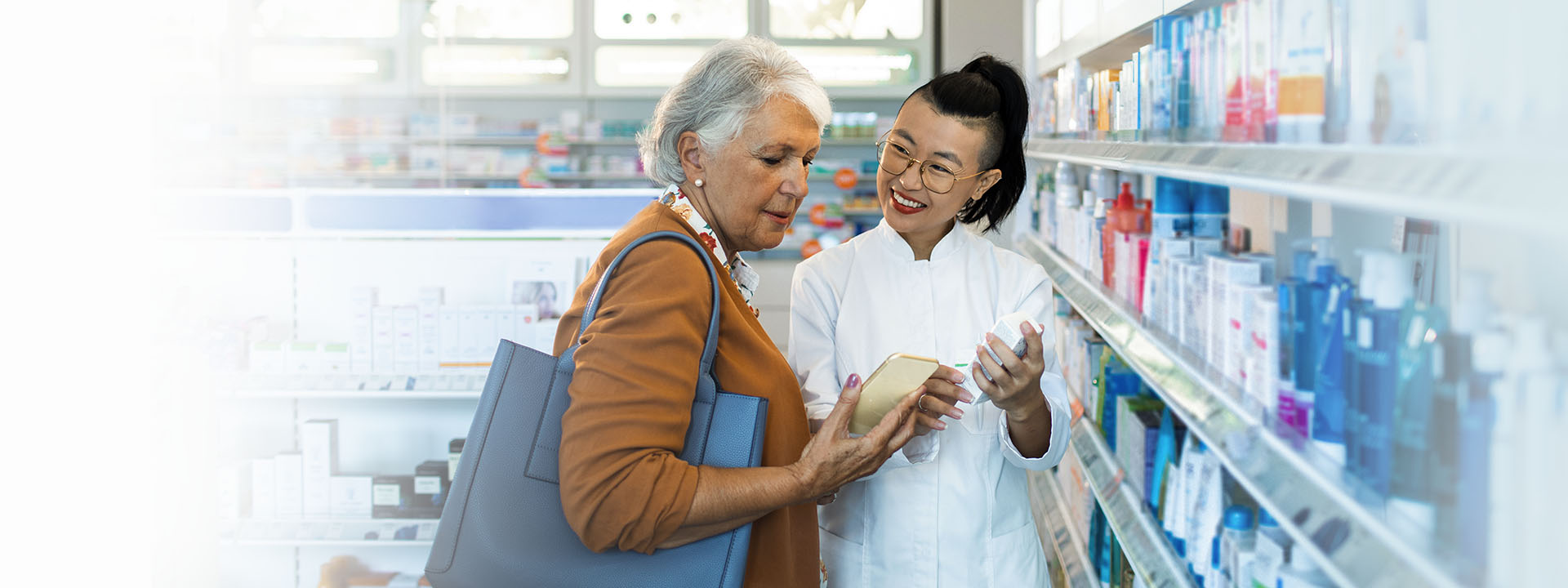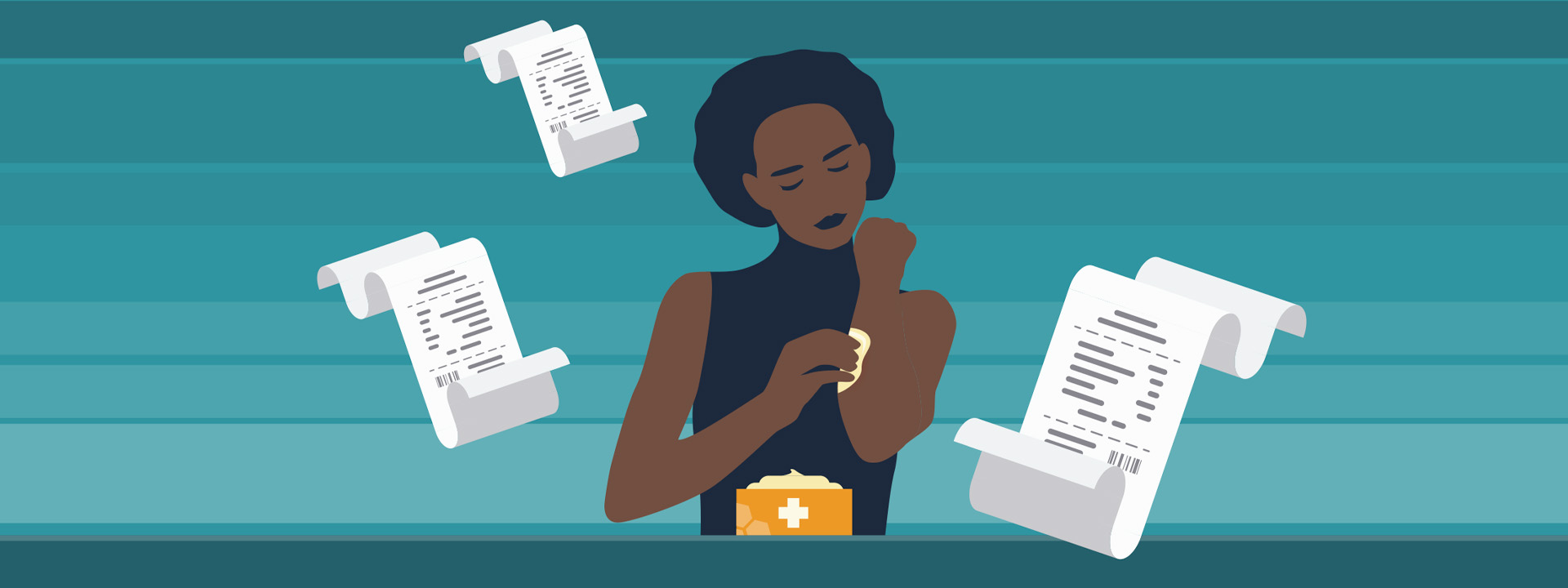Our study of statistically significant data from over 34 million prescriptions sent across our network revealed a clear link: When providers have access to patient-specific benefit information and out-of-pocket costs, pickup rates at pharmacies are higher.
Read This
Browse our 2022 Medication Affordability & Adherence Impact Report
Affordable medication and adherence are two sides of the same coin.
Consider this:
- One out of 20 U.S. adults report that a friend or family member died after not receiving treatment for a condition—because they couldn’t pay for it.
- Roughly a quarter (23%) of U.S. adults say they (or a family member) didn’t fill a prescription or skipped doses—or cut pills in half—because of the expense.
- And close to half of Americans say the COVID-19 pandemic made them worry more about medication costs.
More than a quarter of diabetes patients, for example, underuse their insulin because it costs too much.
But there’s a way to address costs, and it comes down to informing prescriptions with the right technology.
“Surescripts is helping to address one of the greatest barriers to improving patient health: the cost of prescription drugs.”
Frank Harvey
Chief Executive Officer, Surescripts
There’s a difference between prescriptions that are informed by technology like Real-Time Prescription Benefit and those that aren’t.
That difference is 3.2 percentage points, and in the high-volume world of pharmacy, it adds up.
By providing patient-specific benefit and cost information within the electronic health record (EHR) or pharmacy system, Real-Time Prescription Benefit enables providers to choose more affordable medications, and our impact report suggests that their patients are more likely to pick up their prescriptions.
Across 34 million new prescriptions sent in May 2022, the overall pickup rate was higher when Real-Time Prescription Benefit was used (73.3%) compared to when it wasn’t (70.1%). And for the top 20 prescriber specialties by prescription volume, pickup rates were consistently higher (by 0.4 to 7.3 percentage points) when Real-Time Prescription Benefit was used.
“It’s the efficiencies that Surescripts solutions provide that save time while increasing medication compliance and support business in my independent pharmacies.”
Priyank Patel
Pharmacist & Owner, New York City
More than half of U.S. prescribers are now using Real-Time Prescription Benefit to address medication affordability and adherence, and in June 2022, for example, prescribers using Real-Time Prescription Benefit saved patients an average of $38.70 per prescription.
Like dominoes, lower cost prescriptions lead to increased pickup rates at pharmacies, which in turn can lead to increased medication adherence among patients.
But patients aren’t the only ones who benefit when prescriptions are informed by technology.
Priyank Patel is a pharmacist who owns and runs three pharmacy locations in New York City. Patel added Real-Time Prescription Benefit to his pharmacies in 2019, and in May 2022, he reported that the solution reduces first-fill abandonment rates by 50-70%, depending on drug class, and an increase of 10–15% in refill rates.
According to Patel, Real-Time Prescription Benefit helps his patients stick to their treatment plans—and it supports his business.
Why are patients more likely to pick up their prescriptions? It sounds simple, and in one way it is: Patients pick them up when they can afford to.
Real-Time Prescription Benefit does more than enable lower cost prescriptions.
For Priyank Patel, its electronic workflow reduced the number of phone calls per day by 7–10, for an estimated savings of $50,000 per year at just one of his pharmacies. Patel owns three.
Read more about Patel’s path to pharmacy ownership and his experience with Real-Time Prescription Benefit.


 Dean Riggott Photography
Surescripts
Dean Riggott Photography
Surescripts





